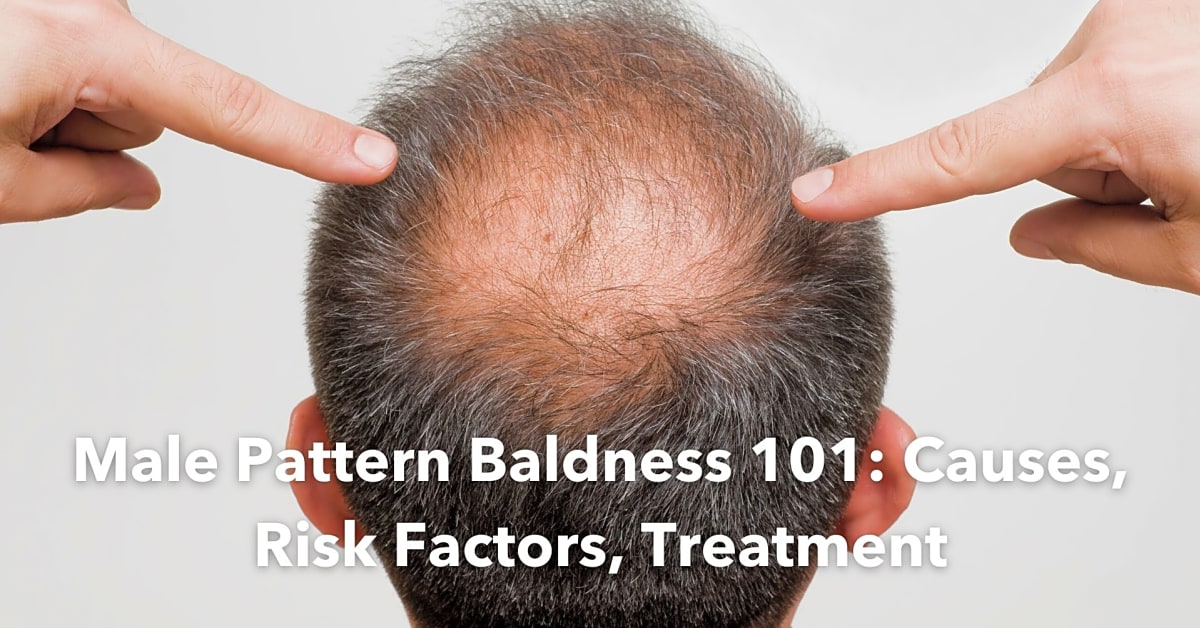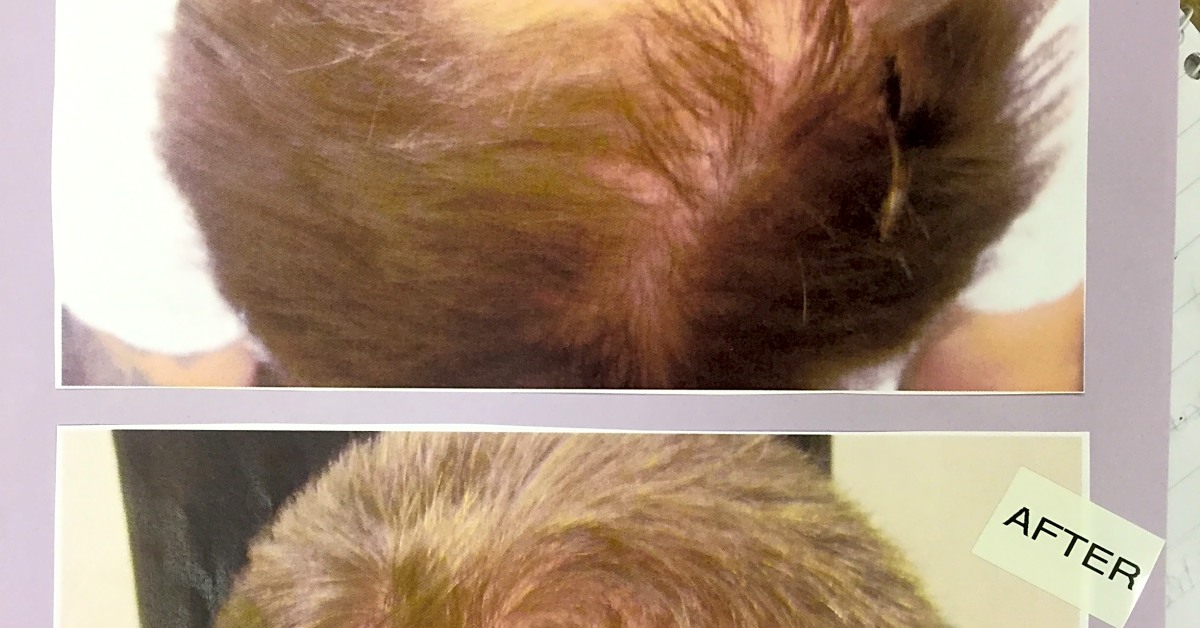Male pattern baldness is a common condition that affects many men around the world. It is a type of hair loss that usually occurs on the scalp and is characterized by a receding hairline and thinning of the hair on the top of the head. While it is often associated with aging, male pattern baldness can also affect men at a younger age. In this article, we will delve into the causes, treatment, and prevention of male pattern baldness, providing you with a comprehensive understanding of this condition. Whether you are experiencing hair loss or simply want to learn more about this topic, keep reading to discover everything you need to know about diagnosing male pattern baldness.
In order to fully understand male pattern baldness, it’s important to first understand what causes it. One of the main causes is genetics, as male pattern baldness is often hereditary. However, other factors such as hormonal changes, medical conditions, and certain medications can also contribute to hair loss. It’s important to consult with a doctor to determine the exact cause of your hair loss.
Once you have a better understanding of the cause of your hair loss, you can then explore different treatment options. Some common treatments for male pattern baldness include medications like finasteride and minoxidil, as well as hair transplant surgery. It’s important to discuss these options with a doctor to determine the best course of action for your specific case.
In addition to treatment options, there are also steps you can take to prevent or slow down the process of male pattern baldness. Maintaining a healthy diet and lifestyle can help promote hair growth, while avoiding harsh chemicals or styling techniques can help prevent further damage to your hair.
For those specifically looking for information on male pattern baldness, it’s important to understand that there are some differences between male and female hair loss. While the causes may be similar, the pattern and progression of hair loss can vary between genders. It’s important to keep this in mind when seeking treatment or information.
Overall, male pattern baldness is a common concern for many men, but there are effective treatment options available. By understanding the causes, exploring different treatments, and taking preventative measures, you can take control of your hair loss and find a solution that works for you.
Preventing Hair Loss
Male pattern baldness is a common concern for many men, and it’s important to understand the causes and treatment options available. Whether you’re looking to prevent hair loss or find solutions to regrow your hair, this article will cover all the important information you need to know. One of the most effective ways to prevent hair loss is by maintaining a healthy scalp and hair.
Here are some tips for maintaining a healthy scalp and hair:
- Eat a balanced diet: Make sure to include plenty of protein, iron, and other essential nutrients in your diet to promote healthy hair growth.
- Avoid harsh chemicals: Using harsh chemicals on your hair can damage your scalp and lead to hair loss. Opt for natural and gentle hair care products instead.
- Keep your scalp clean: Regularly washing your hair and scalp can help prevent build-up of oils and bacteria that can lead to hair loss.
- Massage your scalp: Massaging your scalp can help improve blood circulation and stimulate hair growth.
By following these tips, you can maintain a healthy scalp and hair, reducing the risk of male pattern baldness. Remember, prevention is key when it comes to hair loss, so take care of your hair and scalp to keep your locks looking full and healthy.
Understanding Male Pattern Baldness
Male pattern baldness, also known as androgenetic alopecia, is a common condition that affects over 50 million men in the United States alone. It is characterized by a gradual thinning of hair on the scalp, often starting at the temples and crown of the head. While it is most commonly associated with aging, male pattern baldness can also affect younger men.
So, what causes male pattern baldness? The main culprit is genetics. If you have a family history of baldness, you are more likely to experience it yourself. This is because male pattern baldness is inherited through a complex combination of genes from both sides of the family.
In addition to genetics, hormones also play a role in male pattern baldness. Specifically, an androgen hormone called dihydrotestosterone (DHT) has been linked to hair loss. DHT can shrink hair follicles and make them produce thinner, shorter strands of hair. This process eventually leads to complete hair loss in some areas.
While there is no cure for male pattern baldness, there are several treatment options available to help slow down or even reverse hair loss. The most common treatment is a medication called finasteride, which works by blocking the production of DHT. Another option is minoxidil, a topical solution that can stimulate hair growth.
In addition to medical treatments, there are also lifestyle changes that can help prevent or slow down male pattern baldness. These include maintaining a healthy diet and reducing stress levels, as well as avoiding tight hairstyles that can pull on the hair follicles.
Male vs. Female Hair Loss
Male and female hair loss are not the same, and it’s important to understand the differences between the two. While both genders can experience hair loss, the causes and patterns of hair loss can vary.
In men, male pattern baldness is the most common form of hair loss. It is typically characterized by a receding hairline and thinning on the crown of the head. This type of hair loss is caused by a combination of genetics and hormones, specifically dihydrotestosterone (DHT). Men with male pattern baldness have a genetic sensitivity to DHT, which causes their hair follicles to shrink and eventually stop producing hair.
On the other hand, female hair loss is often diffuse and spread out throughout the scalp. It can be caused by a variety of factors such as hormonal changes, stress, and genetics. Unlike male pattern baldness, female hair loss does not typically result in complete baldness, but rather a thinning of the hair.
While male pattern baldness is more common in men, it can also occur in women due to hormonal imbalances or genetics. However, it’s important to note that female hair loss is not always due to the same underlying causes as male pattern baldness.
In summary, understanding the differences between male and female hair loss is crucial in determining the most effective treatment options for each gender. It’s important to consult with a medical professional for an accurate diagnosis and personalized treatment plan.
Regardless of whether you’re looking to prevent hair loss or find ways to regrow your hair, understanding the causes and treatment options for male pattern baldness is key. By taking proactive steps and seeking professional advice, you can find a solution that works for you and regain confidence in your appearance.







